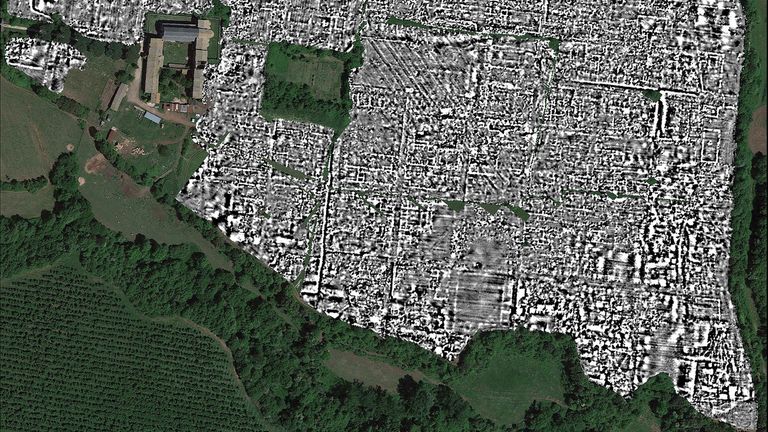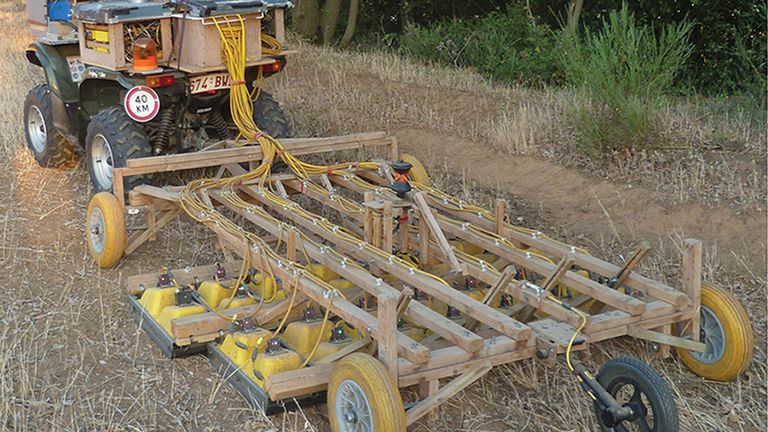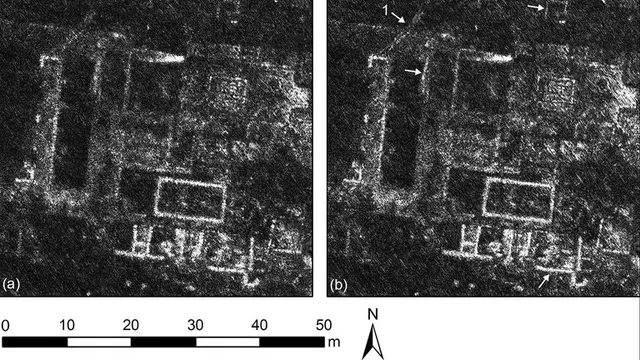An entire ancient Roman city has been detailed, street by street, including a market, temple and public monuments, without the need for any digging.
For the first time, archaeologists at the University of Cambridge and Ghent University in Belgium have used ground penetrating radar (GPR) to create a complete and detailed map of Falerii Novi in Italy.
Located 50km (31 miles) north of Rome and first occupied in 241 BC, Falerii Novi survived into the medieval period until around 700 AD.
Such is the effectiveness of GPR that the city's network of plumbing, including public baths and water pipes was revealed.
GPR works by bouncing radio waves off objects and uses the "echo" to build up a picture at different depths.

Image: Falerii Novi was first occupied in 241BC
Archaeologists believe it could revolutionise our understanding of ancient settlements, making it possible to explore larger areas in higher resolution, including those that cannot be excavated because they are trapped under modern structures.
Professor Martin Millett, from the University of Cambridge's Faculty of Classics, said: "The astonishing level of detail which we have achieved at Falerii Novi, and the surprising features that GPR has revealed, suggest that this type of survey could transform the way archaeologists investigate urban sites as total entities."
Instead of carrying out the traditional archaeological dig to uncover Falerii Novi's secrets, the team surveyed 30.5 hectares (75 acres) within the city's walls - just under half the size of Pompeii - by towing GPR instruments behind a quad bike.

Image: The GPR equipment was towed behind a quad bike
Prof Millett and his colleagues have already used GPR to survey Interamna Lirenas in Italy, and, on a lesser scale, Alborough in North Yorkshire, but they now hope to see it deployed on far bigger sites.
"It is exciting and now realistic to imagine GPR being used to survey a major city such as Miletus in Turkey, Nicopolis in Greece or Cyrene in Libya", said Prof Millett.
"We still have so much to learn about Roman urban life and this technology should open up unprecedented opportunities for decades to come."
 简体中文
简体中文

